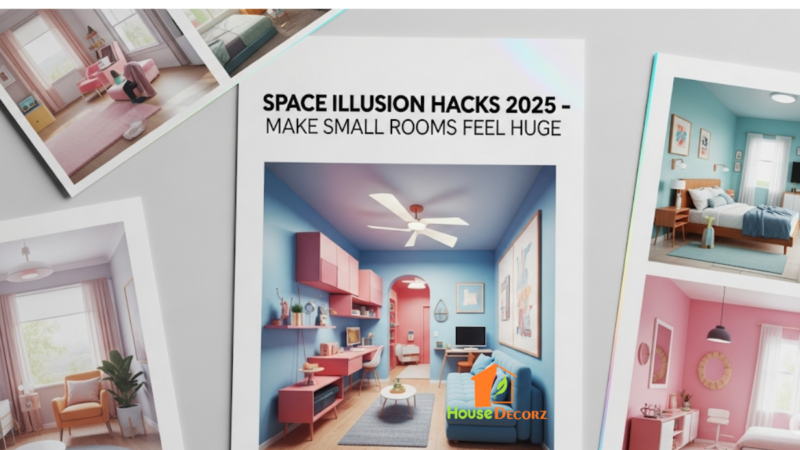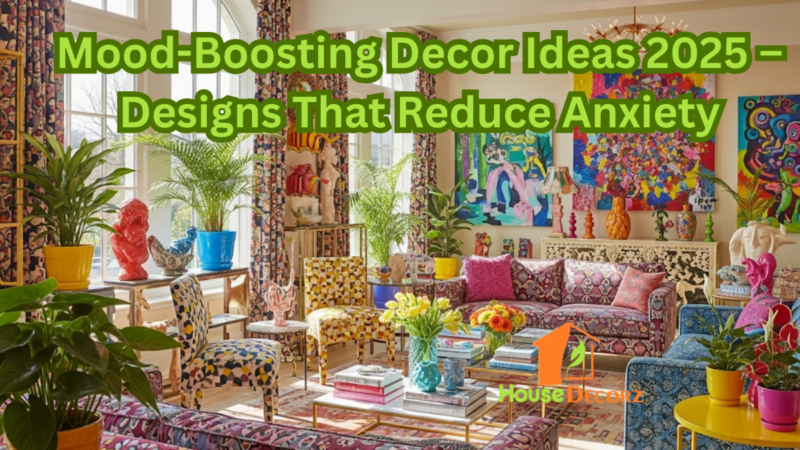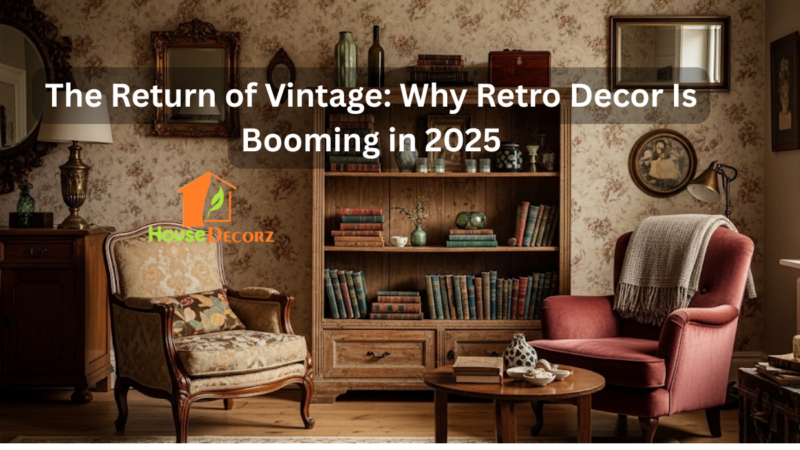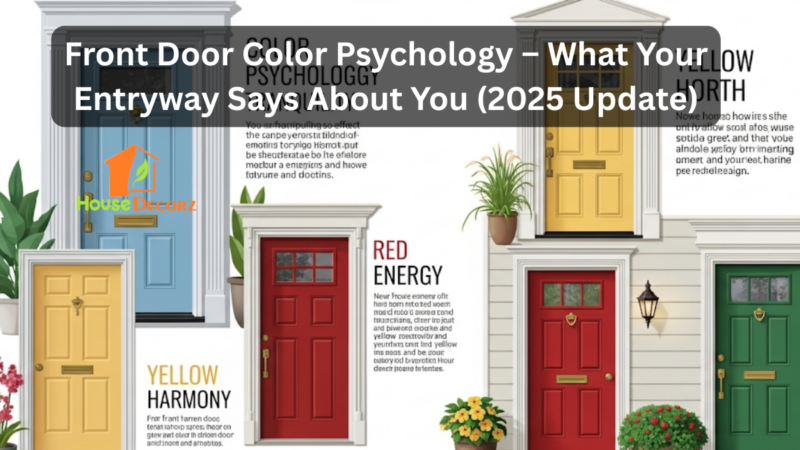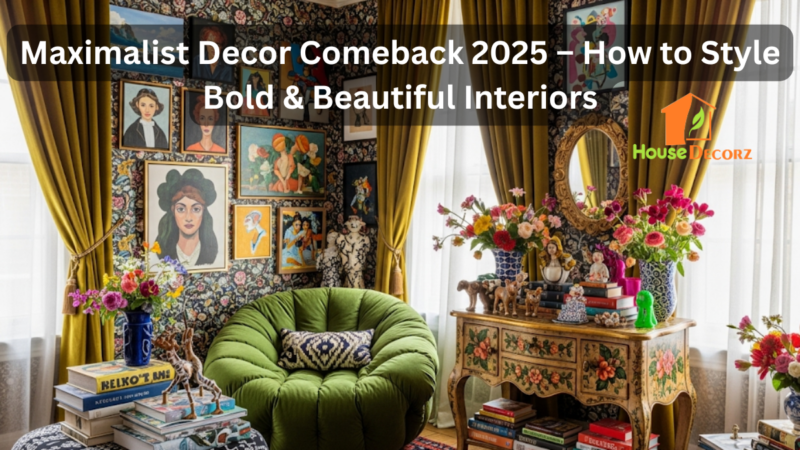Sustainable Flooring Trends 2025 – Best Eco-Friendly Options for Your Home
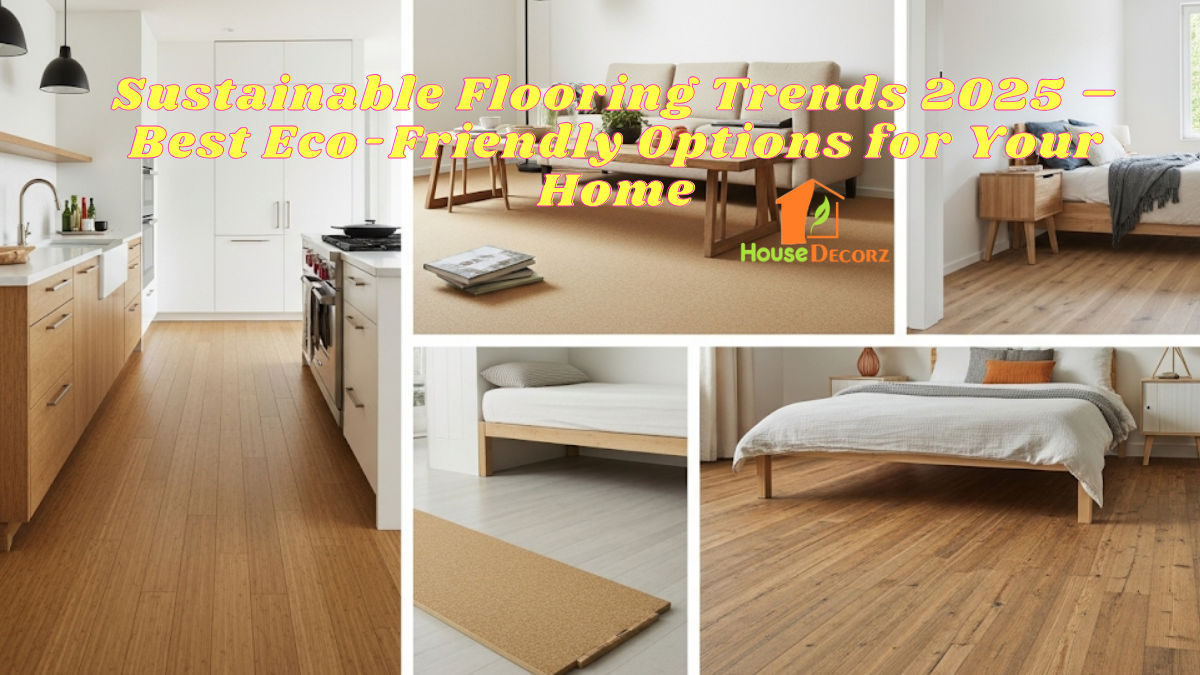
As the world moves toward greener living, interior design is keeping pace. In 2025, sustainable flooring trends are not just about aesthetics—they reflect values of environmental responsibility, wellness, and long-term durability.
Whether you’re remodeling your space or building new, the right flooring choice can enhance your home’s look while reducing your ecological footprint.
This year, trends align perfectly with Japandi Interior Design 2025, a style that blends Scandinavian simplicity with Japanese elegance.
Let’s explore the most innovative and earth-friendly flooring options that are redefining modern homes.
Why Sustainable Flooring Matters in 2025
Sustainable flooring is about more than using renewable resources. It includes:
- Low environmental impact during production and transportation
- Non-toxic materials that support indoor air quality
- Durability, which reduces replacement waste
- Ethical sourcing of natural or recycled materials
These principles are central to minimalist home trends that prioritize intentional design choices and wellness-focused living environments.
1. Bamboo Flooring – Renewable & Resilient
Bamboo has become a front-runner in eco-friendly flooring due to its rapid regrowth cycle—mature in just 3 to 5 years compared to hardwood trees that take decades. In 2025, bamboo is being refined further with carbonized tones, matte finishes, and water-resistant treatments.
Why It’s Trending:
- Naturally anti-microbial
- High strength-to-weight ratio
- Complements Japandi decor with its warm, neutral tones
Best for: Living rooms, bedrooms, and home offices embracing organic minimalism.
2. Cork Flooring – Soft, Silent, and Sustainable
Harvested from the bark of cork oak trees without cutting them down, cork flooring is an ideal option for eco-conscious homeowners. It’s naturally cushioned, warm underfoot, and offers sound absorption—perfect for cozy, noise-sensitive areas.
Why It’s Trending in 2025:
- Hypoallergenic and mold-resistant
- Renewable and biodegradable
- Fits seamlessly into Japandi Interior Design 2025 thanks to its raw, earthy look
Best for: Nurseries, meditation rooms, and minimalist bedrooms.
3. Reclaimed Wood – Character with a Conscience
Reclaimed wood flooring repurposes old timber from barns, factories, or shipping containers, giving it new life. Every plank tells a story, making it a favorite for those who love character without compromising sustainability.
Why It’s Popular in 2025:
- Reduces demand for newly harvested wood
- Offers a rustic elegance that pairs well with modern minimalism
- Easily integrated into Japandi decor with its raw texture and subdued hues
Best for: Open-plan kitchens, entryways, and living rooms.
4. Linoleum – Making a Stylish Comeback
Often confused with vinyl, real linoleum is made from natural materials like linseed oil, cork dust, and jute. It’s fully biodegradable and comes in an expanding range of muted, stylish tones perfect for minimalist homes.
Why It’s Regaining Popularity:
- Long lifespan (up to 40 years)
- Non-toxic and low-VOC
- Suits minimalist home trends with its smooth, matte appearance
Best for: High-traffic areas like hallways, mudrooms, and kitchens.
5. Recycled Materials – Innovative & Impactful
Technological advancements in 2025 are bringing recycled flooring to new heights. From PET plastic bottle tiles to rubber flooring from old tires, recycled materials are not only practical—they’re bold, modern, and inspiring.
Why Designers Love It:
- Diverts waste from landfills
- Durable and easy to clean
- Works well in modern spaces with a Japandi-meets-industrial flair
Best for: Utility rooms, basements, and modern studio apartments.
6. Concrete Flooring – Minimalist, Durable, and Green
Concrete isn’t new, but polished or stained concrete is gaining traction in Japandi Interior Design 2025 for its minimal elegance and low-maintenance nature. It can be sealed with eco-friendly coatings to prevent dusting and moisture issues.
Sustainable Benefits:
- Extremely long lifespan
- Requires minimal resources if slab-on-grade is already part of the structure
- Pairs beautifully with wood, textiles, and greenery—key components of Japandi decor
Best for: Loft-style living areas, modern kitchens, and entryways.
How to Choose the Right Sustainable Flooring
When choosing eco-friendly flooring, consider:
- Location: High-moisture areas may require water-resistant materials like bamboo or sealed concrete.
- Lifestyle: Homes with pets or children need durable, scratch-resistant options like cork or recycled rubber.
- Design Goals: Align your choice with your decor vision—whether it’s soft and natural (cork) or sleek and modern (polished concrete).
Recommendation
Best Bathroom Flooring Ideas for 2025
What is the Best Flooring for a Small Bathroom?
USA Bathroom Remodel Ideas 2025: Luxury & Budget-Friendly Designs
Backyard Too Small? Try These 2025 Makeover Ideas to Upgrade on a Budget
No-Tile Bathroom Designs in 2025 – Smart Alternatives That Look Stunning
FAQs About Sustainable Flooring Trends 2025
Q1. What is the most eco-friendly flooring option in 2025?
A1. Bamboo and cork are top choices in 2025 due to their renewability, low emissions, and compatibility with minimalist and Japandi styles.
Q2. Is bamboo better than hardwood for sustainability?
A2. Yes. Bamboo grows significantly faster than hardwood trees and requires fewer resources, making it a more sustainable alternative.
Q3. Are recycled flooring materials durable?
A3. Absolutely. Recycled materials like rubber and PET-based flooring are designed to be tough, waterproof, and long-lasting.
Q4. Can sustainable flooring improve indoor air quality?
A4. Yes. Low-VOC and natural material flooring like linoleum and cork contribute to healthier indoor environments.
Q5. Does sustainable flooring cost more than traditional options?
A5. It depends. Some options like reclaimed wood can be pricier, but others—such as linoleum or bamboo—offer excellent value and longevity.
Conclusion: Embrace Eco-Friendly Living with Style
Sustainable flooring in 2025 reflects a deeper shift toward intentional, wellness-focused living.
Whether you’re embracing Japandi Interior Design 2025 or just want to make greener choices, these flooring options offer style, substance, and sustainability.
By aligning your home with minimalist home trends, you not only reduce your environmental footprint—you create a serene, timeless space to thrive in.

